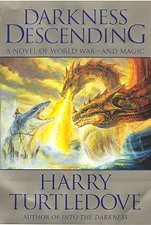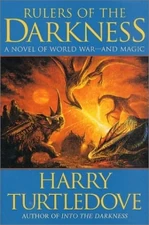
Surfing is a surface water sport where a person (the surfer) moves along the face of a breaking ocean wave (the surf). Surfing also takes place on rivers, riding a standing wave.
Surfing was a central part of ancient Polynesian culture. The sport was first observed by Europeans at Tahiti in 1767, by the crew members of the Royal Navy vessel HMS Dolphin.
Surfing in Darkness[]
Some island natives of the Great Northern Sea had a sport where they rode the waves upright, standing on boards. This sport was not well known in greater Derlavai.[1]
Surfing in Days of Infamy[]
Hawaii was the popular origin of surfing, the most popular water sport. Oscar van der Kirk and Charlie Kaapu were avid surfers, and taught the sport to tourists. Waikiki's beach was the popular site of surfing. During and after the Japanese invasion of Hawaii, Japanese soldiers and military personnel were unfamiliar with surfing, as it was non-native and unheard of in their country, and were simply amazed by it. During the invasion, Corporal Takeo Shimizu and Lieutenant Osami Yonehara first saw van der Kirk and Kaapu, who were surfing. Shimizu considered them to be kami (spirits) and Yonehara even compared them to Jesus Christ walking on water.
Surfing in Southern Victory[]
Surfing was a well known activity in the Sandwich Islands. Many US servicemen were captivated by the sport when they first saw it.[2]
While Jake Featherston was touring the Confederacy in the 1920s, he often felt like he was riding a wave like surfers do when he was on a high while speaking to his audience.
References[]
- ↑ Through the Darkness, pg. 397-398, HC.
- ↑ Walk in Hell, pg. 372, HC.
| |||||||||||||||||||
| |||||||||||||||||


















